On the afternoon of April 22, the Department of Agriculture and Rural Development held a conference to review the 2023 winter-spring crop production, deploy the 2024 winter-spring crop production plan, and review the 2023-2024 winter-spring crop production.
In the 2023 Summer-Autumn Crop, the whole province will plant over 36,700 hectares of annual crops. Of which, the rice area is over 31,100 hectares, with a yield of 54.2 quintals/ha, equivalent to the 2022 Summer-Autumn Crop. For color crops and fruit trees, thanks to relatively favorable weather, most of them have higher yields than the 2022 Summer-Autumn Crop. Not only is there a good harvest, but the prices of many agricultural products, especially rice, have increased, helping farmers increase their income.
In addition, the highlight of this production season is that the Department of Agriculture and Rural Development has closely coordinated with localities to continue to promptly implement key production development projects and programs, promoting mechanization according to Resolution 32/2022/NQ-HDND of the Provincial People's Council. Including the program of producing specialty, high-quality rice in an organic direction associated with the value chain and applying improved farming techniques, using organic fertilizers, applying mechanization in the sowing and transplanting stage (tray seedlings, transplanters), has reduced labor, used chemical fertilizers, pesticides, created a clean product line, 10-15% more efficient than conventionally produced rice, gradually changing people's farming practices, contributing to the formation of sustainable agriculture.
In the 2024 Summer-Autumn crop, the general goal of the agricultural sector is still to shift the crop structure and crops towards improving productivity, quality, efficiency, and creating many products with commodity value. The whole province strives to cultivate over 34,000 hectares of various crops, of which the rice area is about 30,000 hectares, the rest are vegetables. Regarding the rice-tea structure, the Early Season tea will be arranged reasonably for early harvest, limiting damage caused by storms and storms, and freeing up land for the Winter crop. In addition, the Late Season tea production areas will be planned to develop specialty, high-quality rice varieties for high economic efficiency. It is expected that the whole province will have 25% of the area planted with Early Season tea, 60% with Mid Season tea, and 15% with Late Season tea. The planting time is from early June to July 25 at the latest.
Faced with the shortage of labor in agriculture, this production season, the agricultural sector will work with localities to promote the application of mechanization in production; strengthen the construction of sustainable links from the supply of agricultural materials - production - product consumption, contributing to the formation of agricultural value chains, stabilizing output so that people can feel secure in production, especially for high-quality agricultural products, produced in an organic direction.
Regarding the 2023-2024 winter-spring crop, localities have focused on sowing and planting in the best time frame, the whole province has planted 45,000 hectares of various crops, of which 39,000 hectares are rice. However, due to complicated weather at the beginning of the season, with many cold spells, the rice fields in the crop are likely to grow 5-7 days slower than the 2022-2023 winter-spring crop. In particular, in March, the weather was cloudy, drizzle, high humidity, foggy nights and mornings, creating favorable conditions for pests and diseases to arise and develop, especially leaf blast disease causing local damage on susceptible rice varieties.
To ensure safe and successful production, the leaders of the Department of Agriculture and Rural Development suggest that in the coming time, localities need to ensure enough water in the fields for rice to form ears, bloom, and grow seeds smoothly. Closely monitor the developments of harmful organisms to take timely preventive and control measures. When the threshold is reached, do not spray pesticides indiscriminately; increase rat extermination and remove weedy rice. When winter-spring rice is ripe, it is necessary to focus on harvesting early to plant summer-autumn rice, avoiding negative impacts from natural disasters, storms and floods, and at the same time creating land for winter-spring crop cultivation.
In addition, functional units under the Department need to closely coordinate with localities to strengthen inspection of the quality of agricultural materials; speed up the construction progress and renovate irrigation works.
Nguyen Luu-Anh Tuan
Source


![[Photo] Phuc Tho mulberry season – Sweet fruit from green agriculture](https://vstatic.vietnam.vn/vietnam/resource/IMAGE/2025/4/10/1710a51d63c84a5a92de1b9b4caaf3e5)



![[Photo] Unique folk games at Chuong Village Festival](https://vstatic.vietnam.vn/vietnam/resource/IMAGE/2025/4/10/cff805a06fdd443b9474c017f98075a4)
![[Photo] Prime Minister Pham Minh Chinh chairs meeting to discuss tax solutions for Vietnam's import and export goods](https://vstatic.vietnam.vn/vietnam/resource/IMAGE/2025/4/10/19b9ed81ca2940b79fb8a0b9ccef539a)
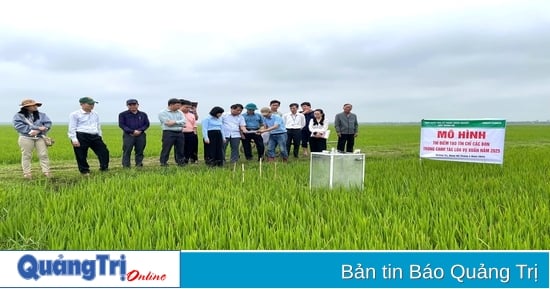








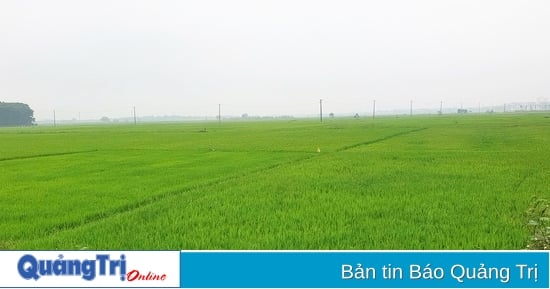



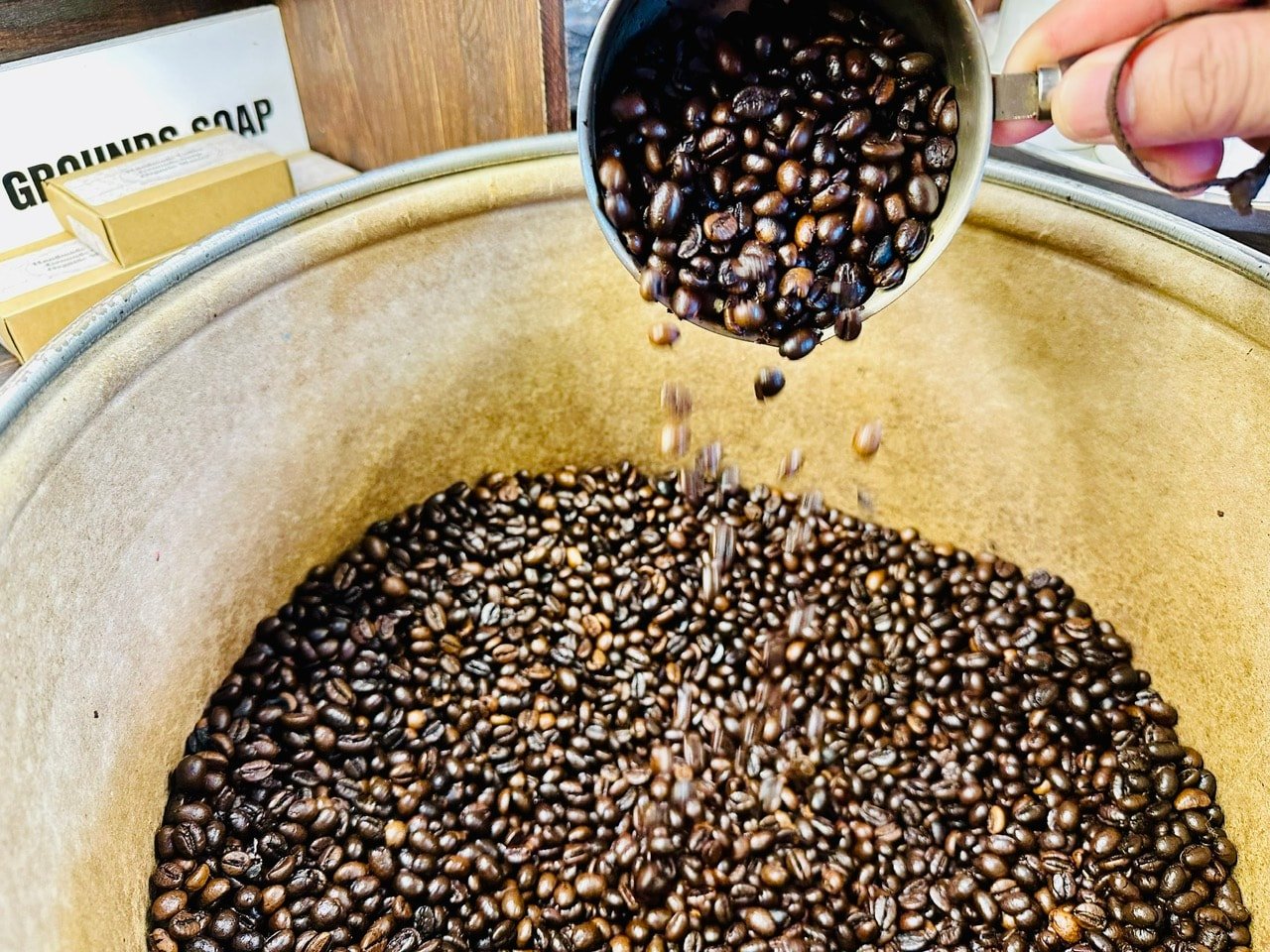
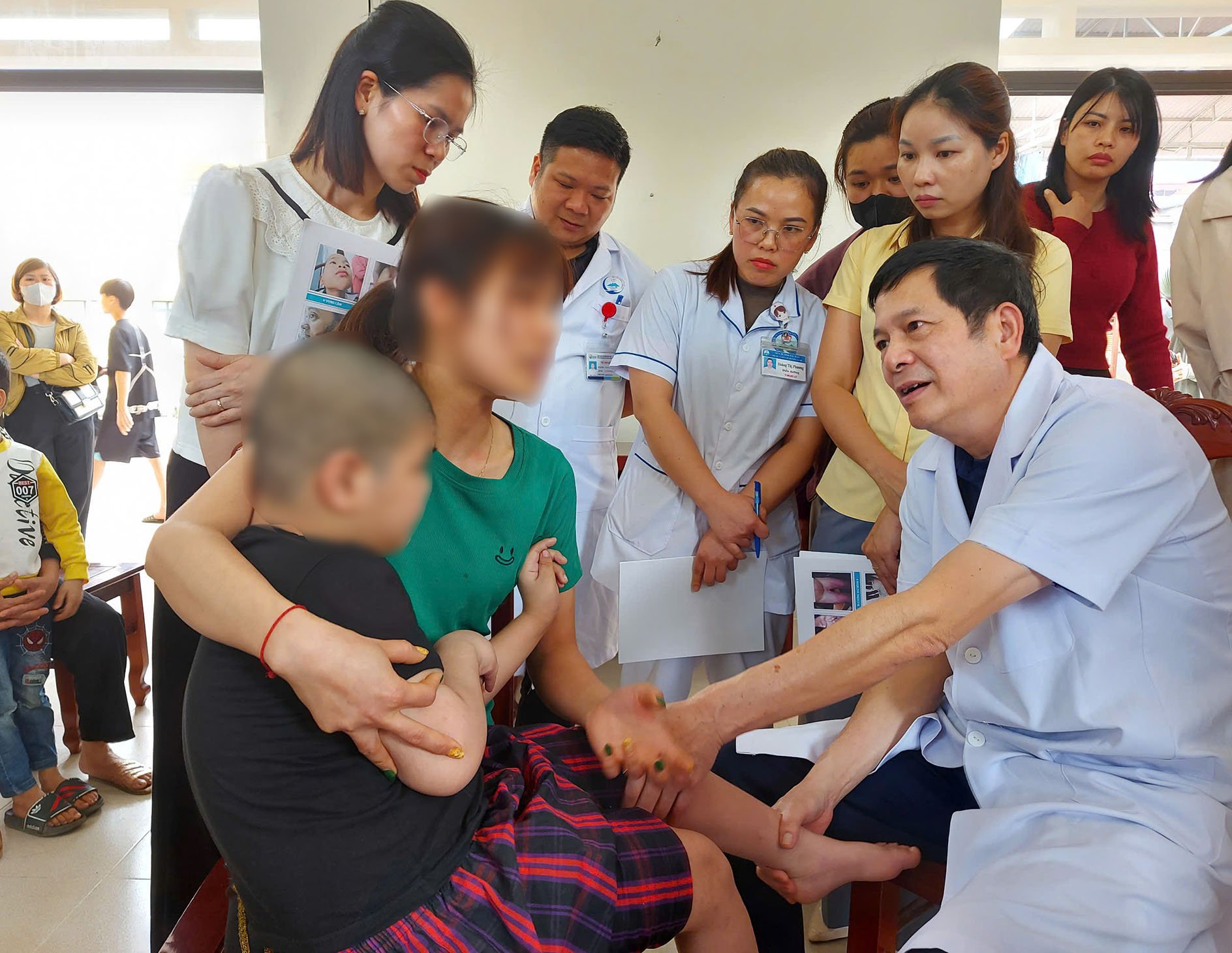





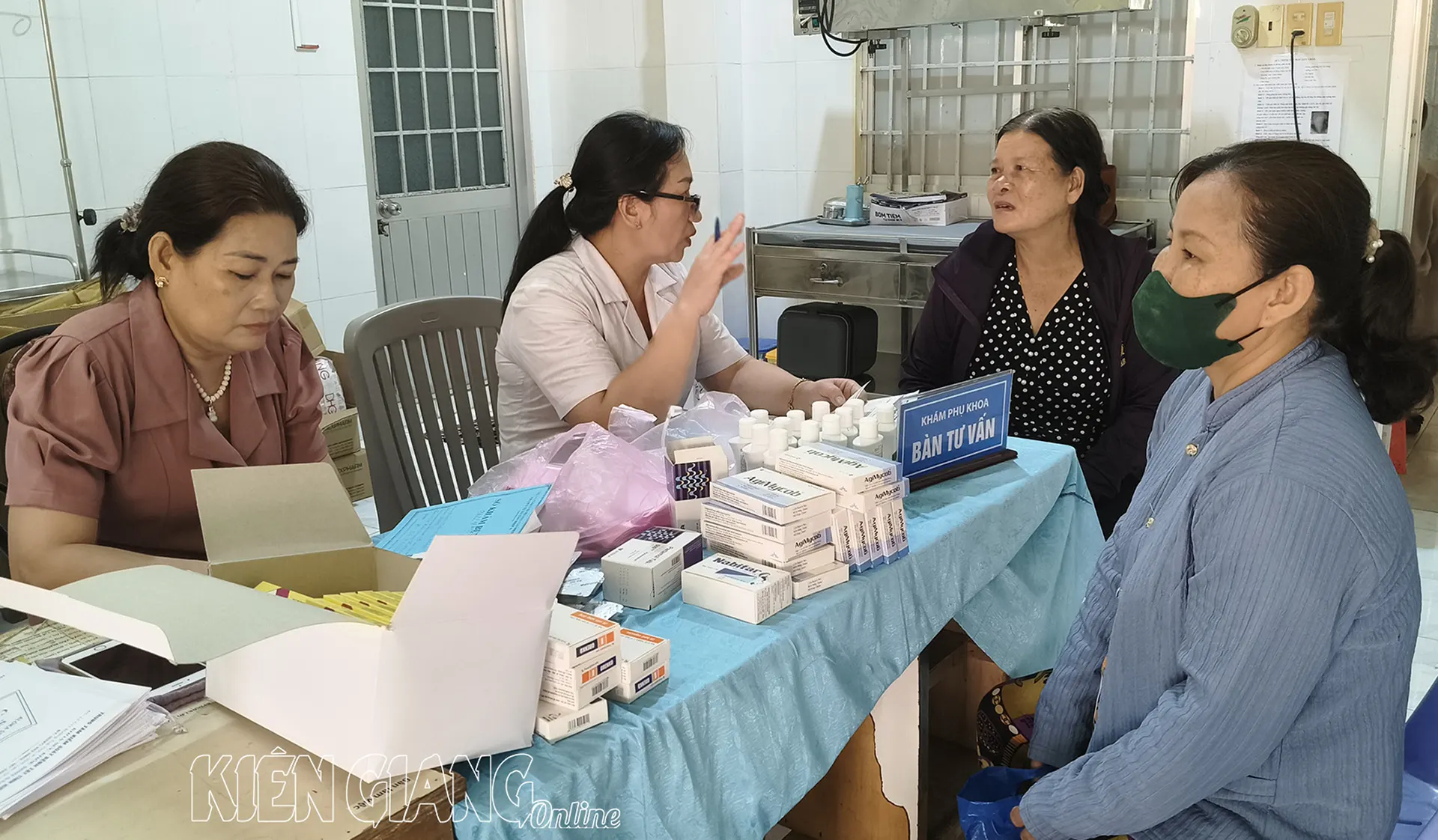
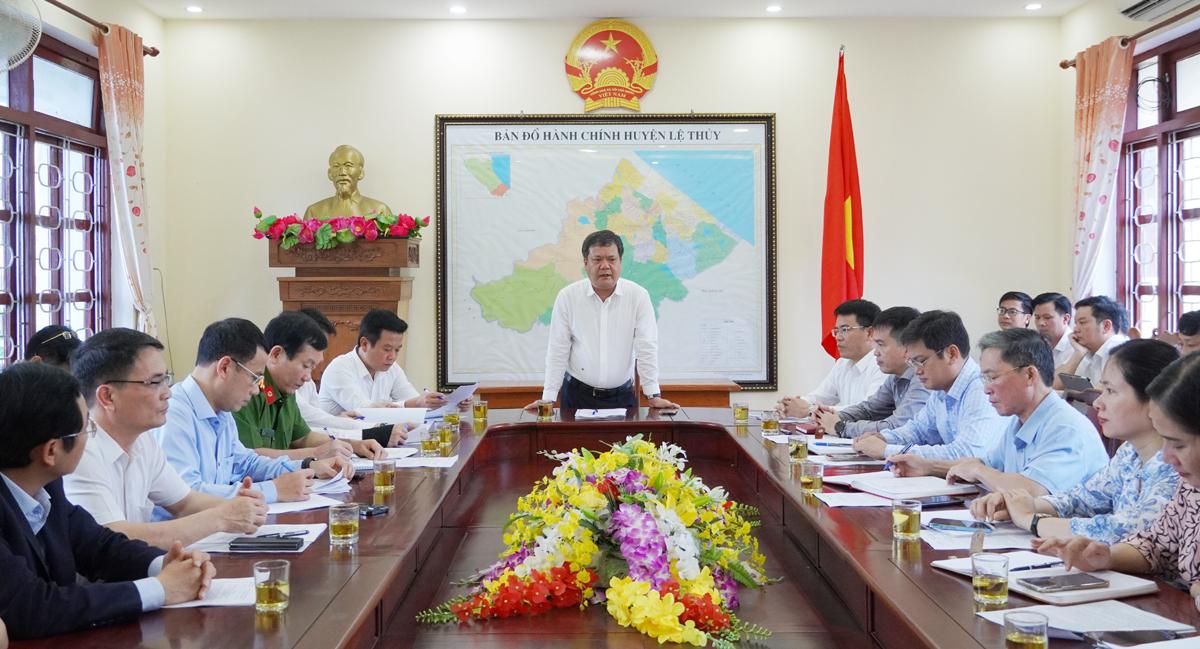

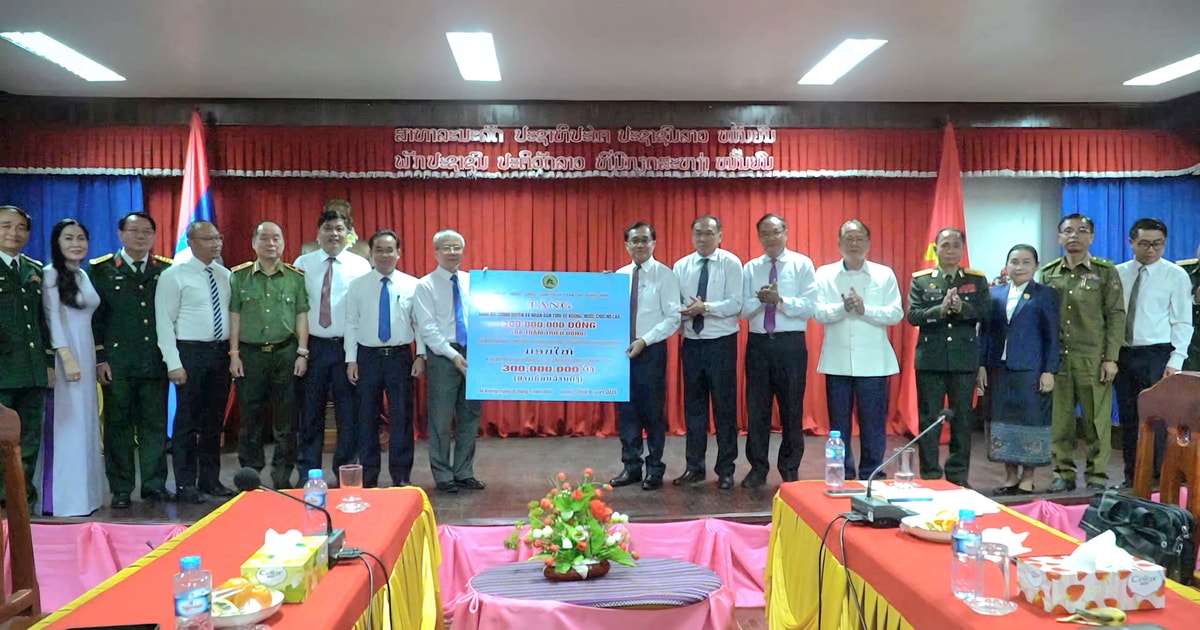
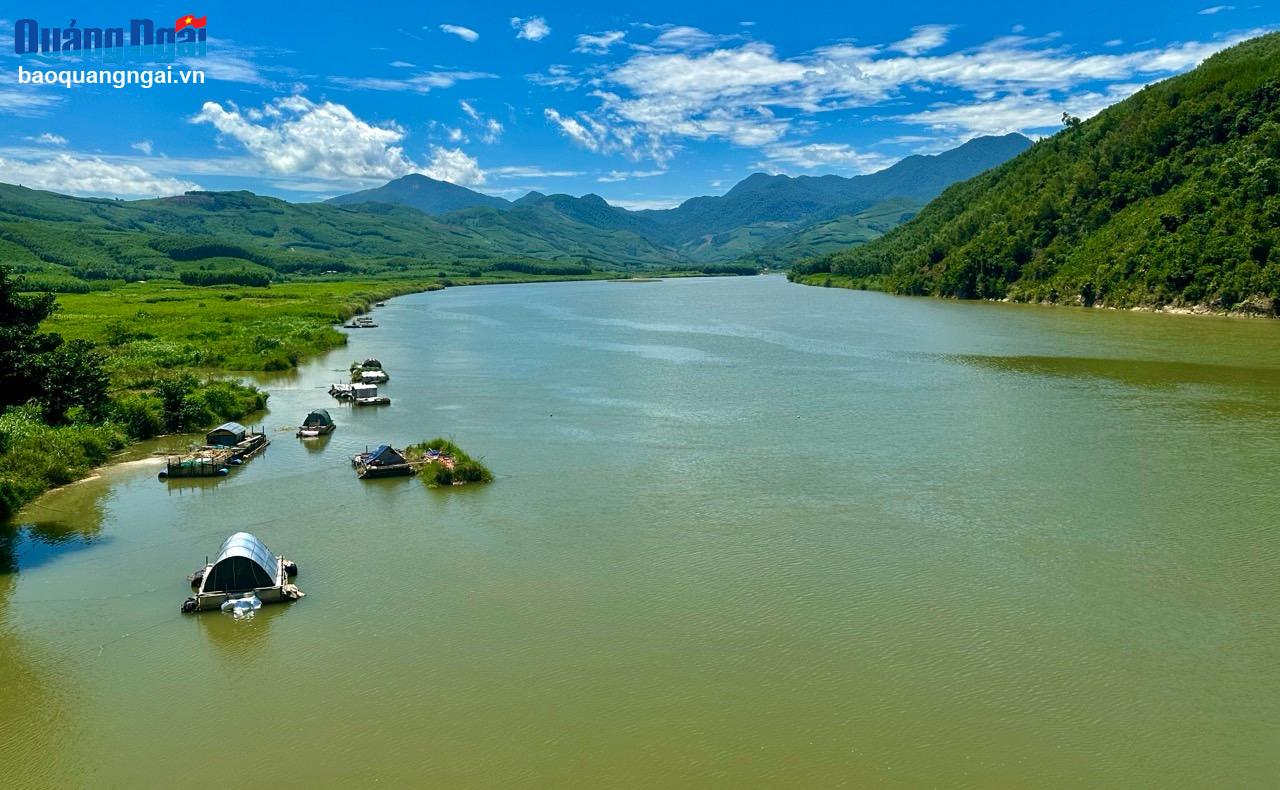
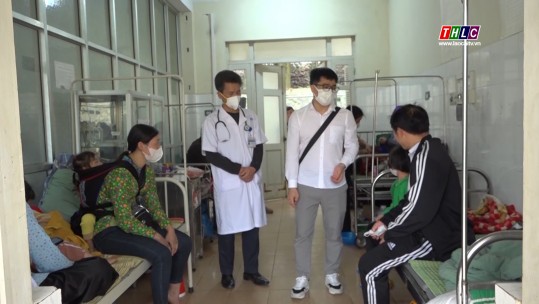











































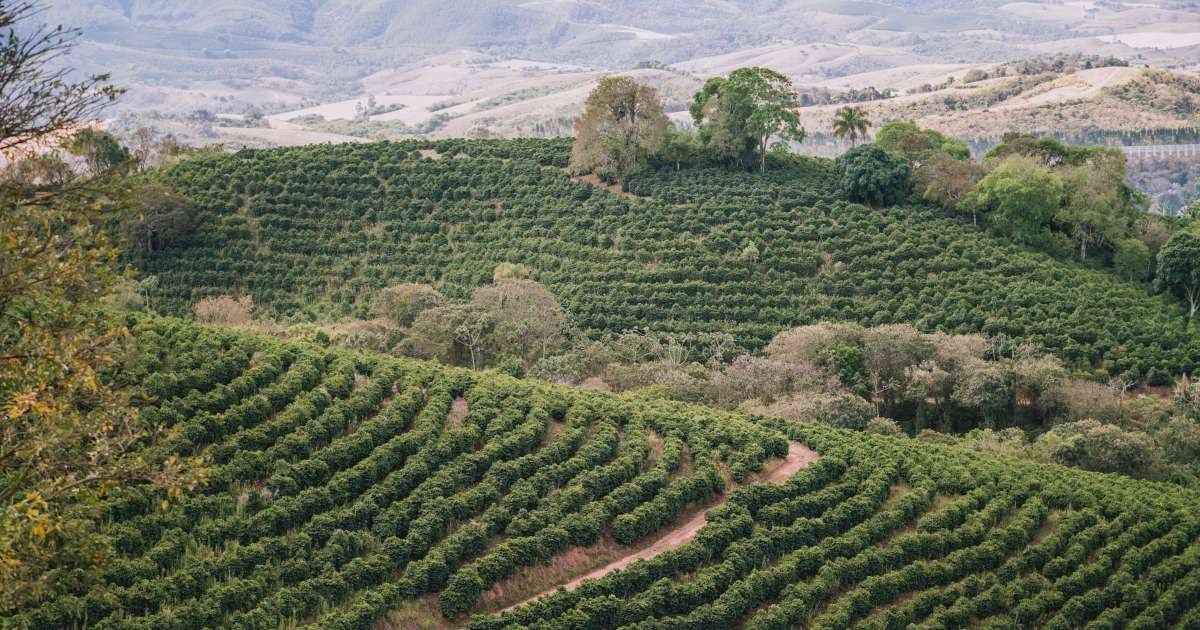


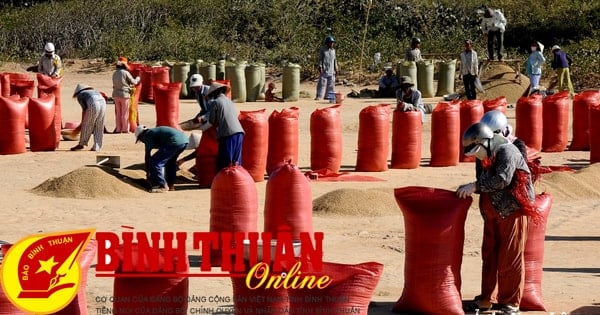









Comment (0)